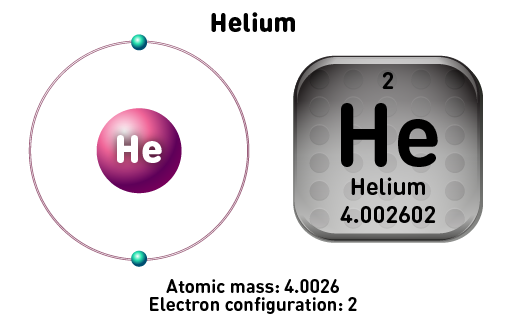The ability of helium to make objects float comes from its unique physical properties and the principle of buoyancy. As one of the lightest gases, helium possesses a lower density than the air we breathe.
When helium gas is trapped within a balloon, for instance, the overall density of the balloon plus the helium becomes less dense than the air surrounding it. This difference in density creates an upward force known as buoyancy, causing the balloon to rise. The gravitational force acting on the object is overcome by the upward buoyant force, making the balloon and its payload float.
The reason helium is particularly effective for this purpose is its atomic structure. Helium atoms are extremely small and light, making helium gas much less dense than air. When released, helium’s buoyant force pushes the balloon or object upwards due to the disparity in densities between the helium-filled object and the surrounding air.
This fascinating property of helium has made it a popular choice for lifting various objects, from balloons to airships, showcasing its ability to defy gravity and easily lift things skyward. However, it’s crucial to note that while helium provides buoyancy, it’s not limitless – the amount needed depends on the weight of the object it aims to lift.


